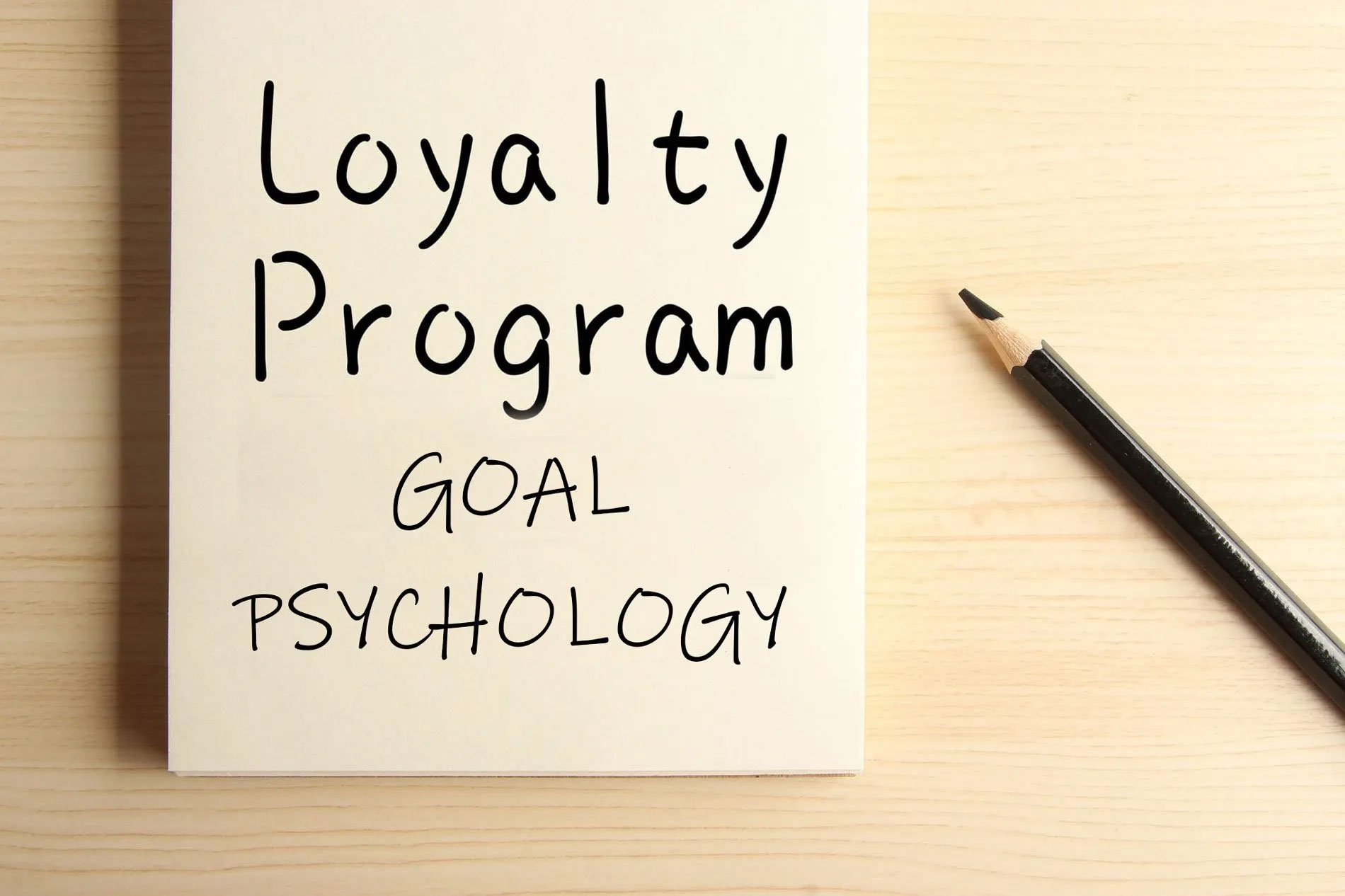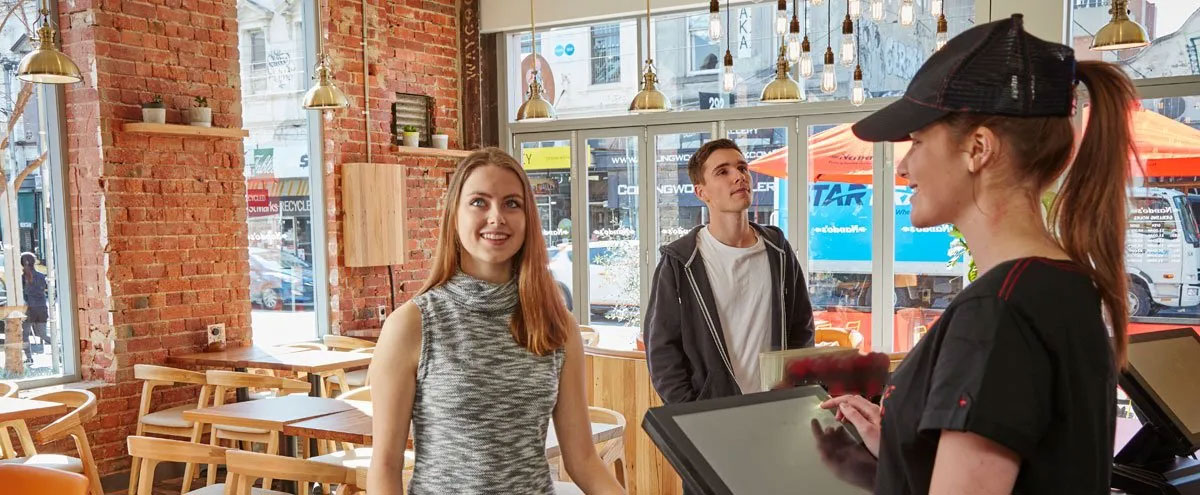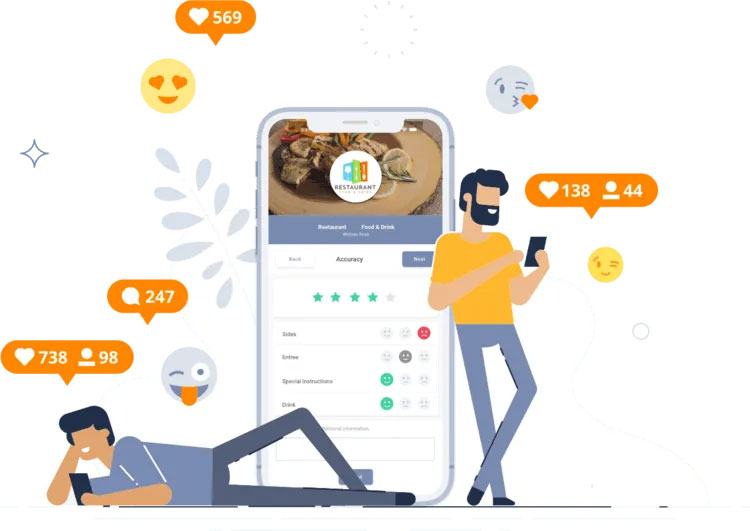Are you ready to evolve? Moving from POS to a Hospitality IT platform
If you’re running a hospitality business - at least if it’s anything upwards of a lemonade stall - you’ll have some form of point of sale system....

Loyalty programs can be incredibly beneficial to a business.
They help improve customer retention and add significant value, allowing you to understand purchasing habits, create strong brand attachment and give back to your most loyal customers.
But often we see consumers abandoning their loyalty program before receiving any of the benefit.
Why? Well, a lot of it comes down to ‘goal psychology’, the study behind human’s behaviours when it comes to achieving a goal.
In this blog post, we’ll explore goal psychology by discussing what motivates consumers, what factors keep them engaged with loyalty programs, and tips and tricks that you can use to your advantage.
What motivates consumers?
A key tool in motivating customers to purchase products and stick to a loyalty program is something called the ‘goal gradient effect’ – which is the idea that the closer we are to achieving a goal, the harder we work for it.
To put it into a loyalty program context, consumers are more likely to make purchases to reach their loyalty goal, the closer they are to hitting that milestone.
When your customers can visualise, themselves reaching a goal, they’ll be extra motivated. To maximise this situation, it is recommended that you increase the frequency of messages to these customers with promotional offers and encouragement to purchase products, all to help them fulfil the loyalty goal.
This can include things like store discounts, giveaways or information about becoming part of a VIP club.
How can I retain my loyalty members?
One of the main reasons customers abandon loyalty programs is that the goals seem unattainable. If this is the case, those loyalty members may pack up and leave – which can be a big hit to your sales given loyalty customers spend 67% more in upsells, repeat purchases, and larger cart sizes.
Fortunately, holding onto these loyal customers isn’t as tricky as it might seem, with two key factors playing a big role:
Offering attainable rewards
According to Hello World, over 50% of consumers believe it takes too long to receive a reward in loyalty programs. Therefore, smaller and easily attainable rewards are often the key to holding onto your loyalty program members.
A great way to do this is by using what is called ‘artificial progress’ – the appearance of being closer to an end goal by prefilling progress steps.
The psychology behind ‘artificial progress’ is all about minimising the perceived distance to a goal. For example, rather than giving a customer eight steps to reach a reward, give them ten steps, and cross off the first two before they even begin. It’s the same number of steps, but the perception in the eye of the consumer is different.
This perception – that consumers are already on their way to achieving a goal – is a great motivator to keep them going. A study by Joseph C. Nunes and Xavier Dre`ze showed this method to be incredibly effective, with 34% of customers reaching the reward with the two-step head start compared to only 19% who didn’t receive the ‘perceived’ bonus.
Visual reminders
The ‘goal gradient effect’ we mentioned earlier works best if you’re communicating exactly where consumers are on their loyalty program journey.
A great way to communicate this is through visual graphs, charts or sliders that help keep loyal customers engaged with your program and eager to come back for more.
This can be as simple as using a progress bar to track their progress or sending a notification to members about their reward tally at crucial points in their loyalty journey.
This helps customers visualise the effort they have already put into your program, and drives them to complete the next goal.
Wrap-up
As with most things in life, many of us are motivated by progress. Loyalty programs are no different.
If you are implementing a loyalty program in your business, consider the elements of ‘goal psychology’ above and use it to your advantage. Take the time to help your customers know exactly where they are on their loyalty program journey, and tailor your communication to them to help them reach their goal.
The result? A group of happy, motivated and loyal customers who ultimately help boost your bottom line.

If you’re running a hospitality business - at least if it’s anything upwards of a lemonade stall - you’ll have some form of point of sale system....

Café and restaurant owners know that a loyalty program is a great way to grow their business. It encourages customers to visit more, spend more and...

Customer experience has always been a key goal if you’re a hospitality business, but over the last 18 months, it just got even more important.